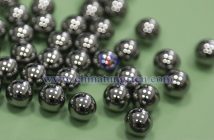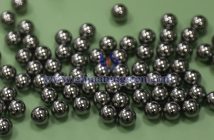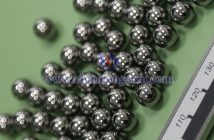Tungsten carbide balls are widely and critically used in precision instrument calibration due to their exceptional physical and chemical properties, making them ideal for high-precision measurement and calibration scenarios.
I. Characteristics of Tungsten Carbide Balls
Tungsten carbide balls are primarily composed of tungsten carbide (WC) and metal binders such as cobalt (Co), offering high hardness, wear resistance, corrosion resistance, and an extremely low thermal expansion coefficient. These properties ensure dimensional stability and surface finish under extreme conditions, making them suitable for high-precision calibration tasks. Additionally, their surfaces can be machined to achieve exceptional roundness and smoothness, ensuring reliable measurement results.
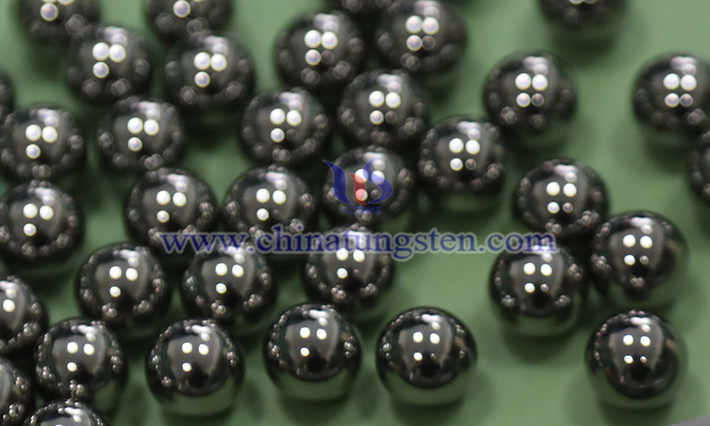
II. Applications of Tungsten Carbide Balls in Precision Instrument Calibration
1. Standard Gauges: Tungsten carbide balls are commonly used as standard balls for calibrating equipment such as coordinate measuring machines (CMMs), roundness testers, and profilometers. Their high-precision roundness and stable geometry serve as a reference for verifying the measurement accuracy and repeatability of instruments. For example, in CMM calibration, a standard ball is fixed on the worktable, and the instrument measures the ball’s geometric properties to correct its spatial coordinate accuracy.
2. Probe Calibration: In contact-based measurement systems, tungsten carbide balls are used to calibrate probe tips. The probe’s contact point is often a tungsten carbide ball, which, due to its wear resistance and high hardness, minimizes wear during measurements, ensuring long-term accuracy. By measuring a tungsten carbide standard ball with known dimensions, the instrument can calibrate the probe’s diameter and positional errors.
3. Surface Roughness Calibration: The exceptional surface finish of tungsten carbide balls makes them ideal as reference standards for calibrating surface roughness testers. By comparing the instrument’s measurement results with the known surface parameters of the standard ball, the tester’s resolution and accuracy can be verified.
4. Optical Instrument Calibration: In optical measurement devices, such as laser interferometers, tungsten carbide balls serve as calibration targets due to their high reflectivity and stable geometry, aiding in correcting optical path deviations or lens distortions.
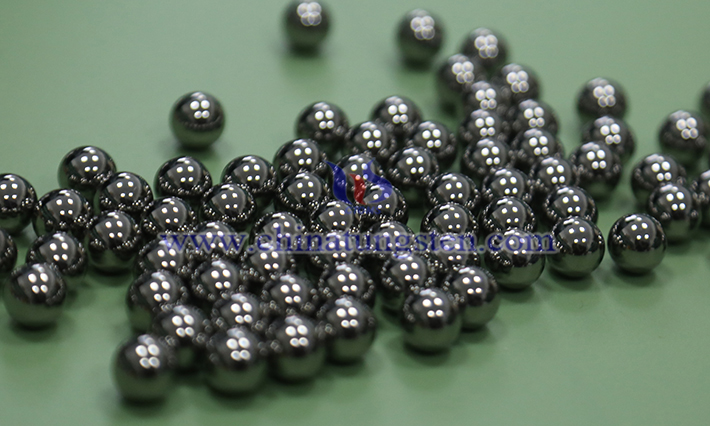
III. Specific Application Scenarios
Aerospace: Tungsten carbide balls are used to calibrate machining centers and inspection equipment, ensuring that aerospace components (e.g., turbine blades) meet stringent tolerance requirements.
Automotive Industry: In engine component production, tungsten carbide balls calibrate bore gauges to ensure the roundness and dimensional accuracy of cylinder bores.
Scientific Research: In nanoscale measurement experiments, tungsten carbide balls serve as standard samples for calibrating scanning probe microscopes (SPM) or atomic force microscopes (AFM).

